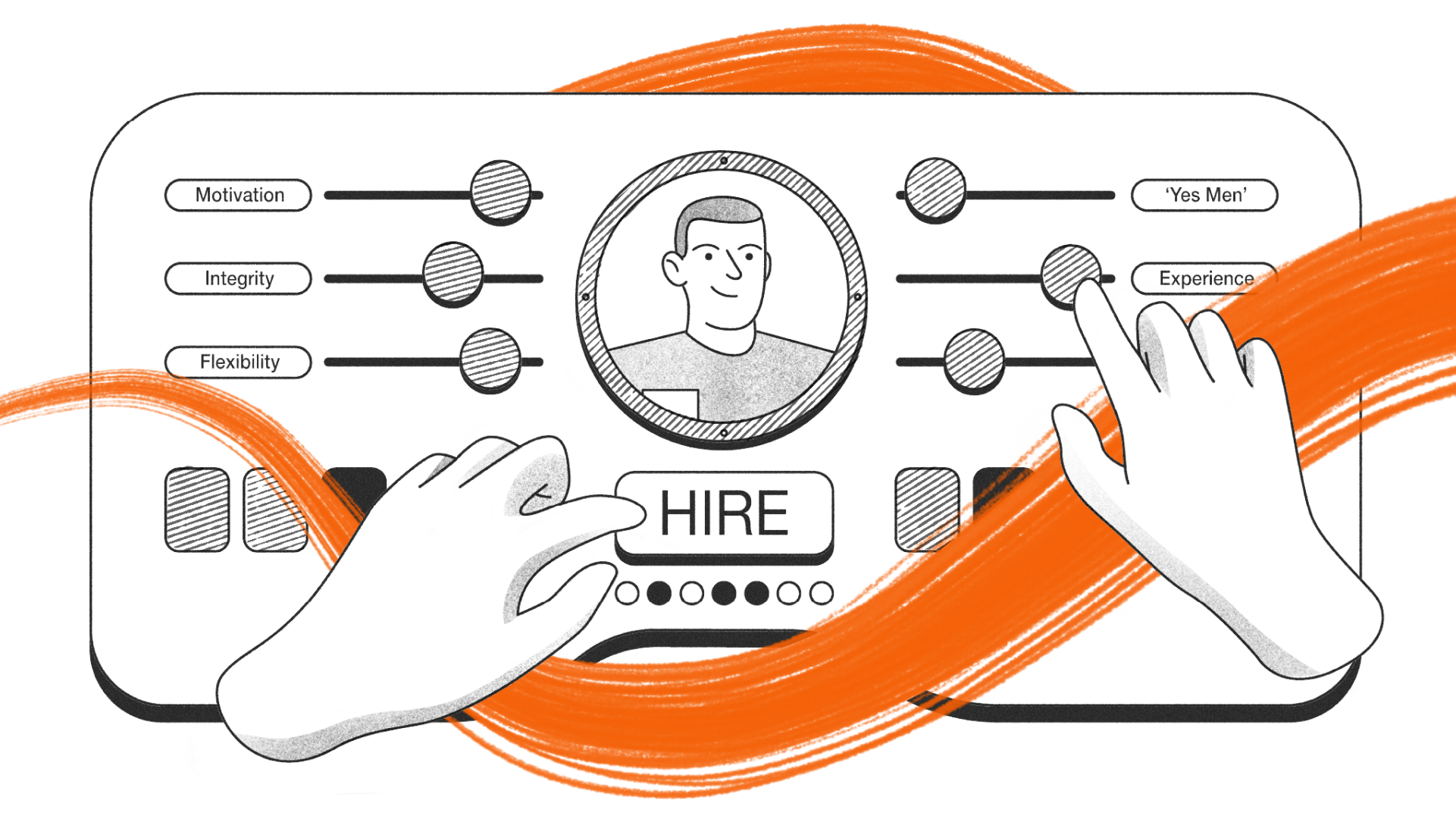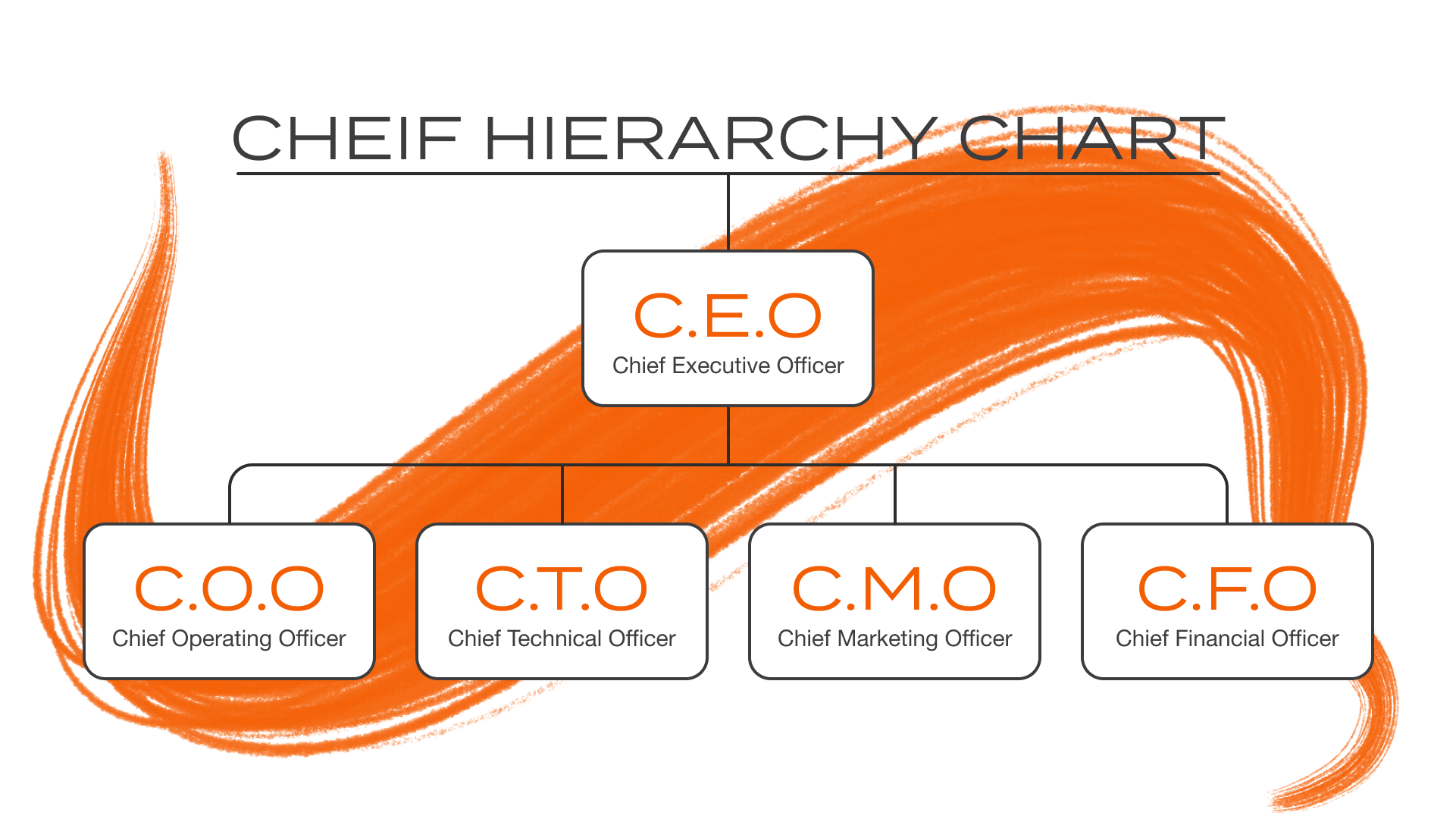
Embracing Change: HR in the World of Digital Assets
Hotcoin’s HR shares her journey from traditional industries to the world of Web3 and crypto, highlighting key insights on thriving in this space.
Read
Hiring the right people is critical – starting with your core team.
It’s a truism that your people are the most important element of your business. It doesn’t matter how great your tech is or what plans you have for the future if you don’t have a competent, committed team you can trust.
But what does that mean in practice, especially in the Web3 world, which follows different rules to Web2 and TradFi organisations?
In his book Good to Great, business management expert Jim Collins explores the idea that who you have in your organisation is – perhaps counterintuitively – more important than what you want to do. He writes:
‘The executives who ignited the transformations from good to great did not first figure out where to drive the bus and then get people to take it there. No, they first got the right people on the bus (and the wrong people off the bus) and then figured out where to drive it. They said, in essence, “Look, I don’t really know where we should take this bus. But I know this much: If we get the right people on the bus, the right people in the right seats, and the wrong people off the bus, then we’ll figure out how to take it someplace great.’
Leaders who transformed good companies into great ones understood three truths:
Obviously, putting the ‘Who’ before the ‘What’ doesn’t mean that you have no idea what your company will do. It means that your people will join you because of who you have on your team, and you’ll figure out together how to create a great company – pivoting and evolving if you need to. In the Web3 space, where things can move very fast, new technologies arise and become popular overnight, market narratives change in an instant, and everything is permanently in a state of flux, this is vital.
With that idea in mind, we’ll first look at how you can identify the right people for your team, before looking at the different roles you’ll need to put in place.

There are several qualities that you should look for in your core team members – and ideally all team members, if possible. Many (though not all) of these have more to do with character than they do about expertise, which speaks to Collins’ point about ‘getting the right people on the bus’.
Look for people who are genuinely inspired by the idea of being on your team and building something great with you. These candidates will have intrinsic motivation: it’s not primarily the prestige or the pay packet that attract them (though they won’t work for nothing), but the idea of being a part of what you’re trying to achieve together. They will be genuinely inspired by the opportunity to collaborate. Their enthusiasm will mean they work hard and go the extra mile to understand new concepts and develop themselves, meaning their potential for growth and value to the company will keep increasing over time.
Another quality that should be non-negotiable is integrity. It’s bad enough when one of your junior employees cannot be trusted, but this is a critical factor in building a successful core team. You have to be sure that your closest people are 100% reliable and above reproach. Obviously, personal integrity plays a key role in enabling you to establish that trust. It’s possible that you will have known your other execs for a long time, either in business or personally.
Sometimes, things go wrong, and change is a given (especially in Web3). Your core team should all be people who can handle that reality, roll with the punches, and adapt quickly to new situations. While single-mindedly pursuing a goal has its place, being too rigid and not taking on board new information can doom a project. Good people won’t fear or resist change, even unexpected developments. They’ll take them in their stride.
Look for people who aren’t afraid to challenge you. Your team should trust your vision, and judgment, but will also be prepared to provide constructive criticism when it’s warranted. They will all have different backgrounds, expertise, and information. That should be a strength. What you’ll want to avoid at all costs is groupthink: where no one is prepared to offer a different point of view, meaning the status quo is always maintained – even when it’s time for change.
Finally, take into account each team member’s background in the industry. Web3 is a unique niche, and previous experience is invaluable. Moreover, there’s a specific ethos and mindset that characterises the space, and which people tend to reach themselves: you can’t easily instill it in them. It may seem like a missed opportunity to exclude Web2 experts, but be careful, because understanding what makes the Web3 world tick is vital. Bear in mind that you can always fill out your team with Web2 experts, but at the highest level, you need people who are completely aligned with the vision.
Your core team will expect to be compensated well for their work. Interestingly, though, this will not be their primary motivation. If you find the right people then, as Collins explains, coming up with the right structure of executive compensation will actually make very little difference to their performance.
This is because the right people are driven by a moral code and internal motivation that mean they will not compromise just because they’re getting paid more or less; that’s not how they’re wired. Similarly, compensating the wrong execs with an amazing package will not make them the right people.
Instead, the compensation package should be a means of getting the right people on board. ‘The purpose of a compensation system should not be to get the right behaviors from the wrong people, but to get the right people on the bus in the first place, and to keep them there.’
With all of this in mind, who are the people you need in your core team? Ultimately, there are just five main roles you’ll need to consider. This chart illustrates the ideal structure of your organisation, and relationship between C-level execs:

This isn’t a prescriptive ‘ideal’ structure; it just illustrates the benefits of a relatively flat organisation that nevertheless has a final decision-maker (the CEO).
The rest of the organisation will fall under the management of these positions. You will work with each of them when you need to make hires, depending on budget and the type of business it is (a marketing company will need a larger marketing team, for example, with the CMO taking the lead on hiring).
These five roles are the bare minimum you need to get started as a Web3 organisation. In practice, one or more of them may be part time, and if you are starting small, then one person might cover two roles. Nonetheless, you’ll need to ensure that each person has the right background and expertise.
As founder, it is vital that you are an active and integral part of the team. You’ll set the tone for the culture of the organisation, and what is expected from your team members and employees. That includes participating in the hiring process with your fellow execs, helping to assemble a lean and efficient Web3 team and taking ownership of each one.
This key individual will be responsible for defining and executing the strategic vision of your product (or products), collaborating with teams across the organisation, and ensuring its success throughout its lifecycle.
Look for a candidate who not only understands the business and founder's vision, but who has a strong understanding of the product itself and the broader market context. Your ideal hire will likely be someone who has previous experience with similar products or markets.
This should be a senior developer who has the technical skills, and ideally people skills, to oversee and guide the technical aspects of a project or team. They will make technical decisions, mentor and support team members, and ensure that development tasks are executed successfully.
Venture capitalists are going to pay a lot of attention to who you select as a tech lead, especially when it comes to the blockchain sector. Unsurprisingly, they place a great deal of importance on the expertise this person brings to your organisation, so making the wrong decision can have serious implications.
Crypto plays by different rules than the Web/TradFi space. There’s a good reason for that: by nature, crypto is about decentralisation, and relies on large communities of users who actively participate in different roles. They’re not just customers or users. They could also be your infrastructure maintainers, liquidity providers, governance voters, utility token holders, and more.
Depending on which stage you’re at in your project’s development, you’ll need to engage directly with your community to grow and guide it. To do that effectively, you’ll need a dedicated community manager who understands Web3 culture, is experienced in working with large communities, and who can manage a team of community moderators – potentially selected from the community itself, in the early stages.
A marketing manager typically won’t be the right person for that, since their job generally involves taking a higher-level approach and working with other organisations to generate publicity.
Ultimately, you’ll need both. But if you’re at a point where creating hype and early interest is the goal (for example, to ensure a grassroots token sale is a success), then hiring a community manager is where to start.
In addition, consider a partnership lead or head of Biz Dev. Like marketing, this can work quite differently in the Web3 world, so it’s a good idea to find someone with the right experience. Building partnerships in the blockchain space is generally based on leveraging networks of users and building mutual value, rather than competing head-to-head.
At the outset, before you scale up, it might be appropriate to hire someone on a part-time basis, or split their time across biz dev and another role. Look for someone who has a strong network of contacts and a track record in establishing strategic alliances. It’s fine (even beneficial) for them to work on other projects while securing partnerships for your organisation.
In building your core team, there are a few principles to bear in mind, and some mistakes to avoid.
Find thousands of Web3 experts on LaborX. You can browse users by skills and filter candidates by reputation. Use the full-time jobs board to advertise for permanent positions.

Hotcoin’s HR shares her journey from traditional industries to the world of Web3 and crypto, highlighting key insights on thriving in this space.
Read
Discover how Web3 is reshaping HR practices with insights from a leading expert in the field.
Read
Discover Base's innovative L2 solution addressing scalability, security, and user experience challenges in crypto. Learn about Base Incubator by LaborX, fostering growth and innovation within the Base ecosystem.
Read